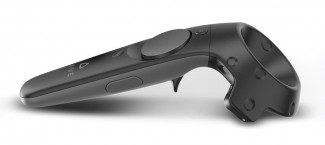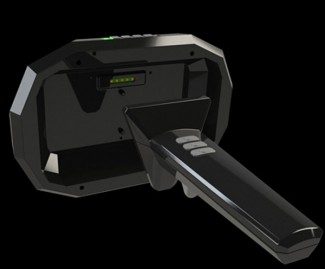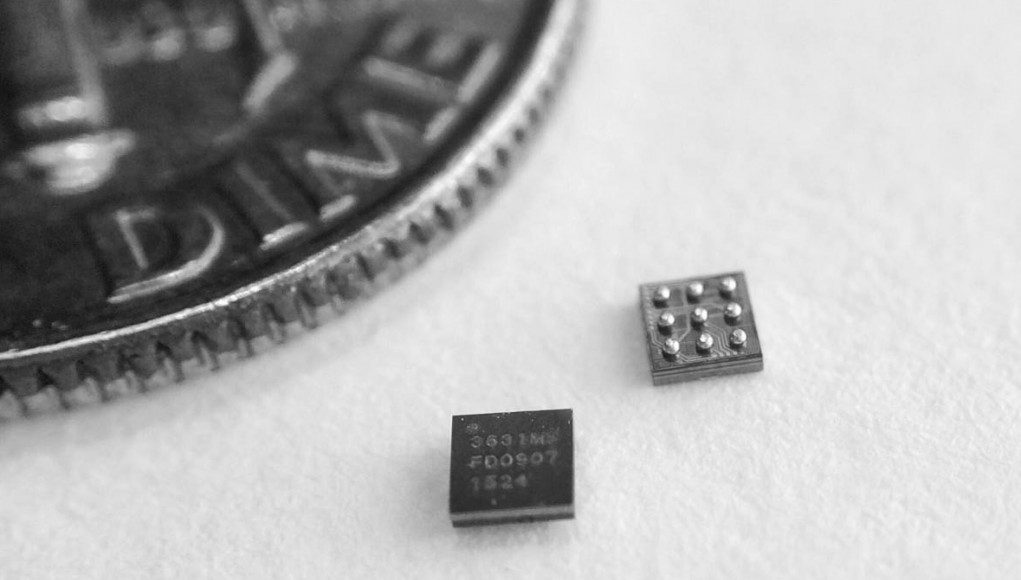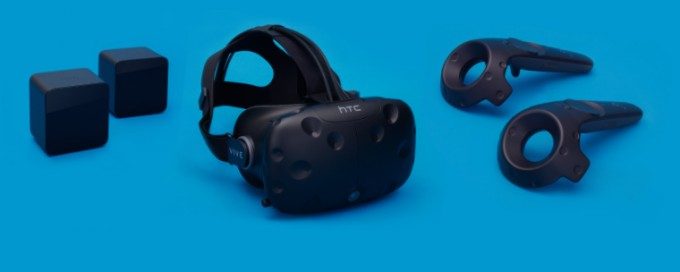Power
 For wireless devices, like the HTC Vive controllers (and, one day, wireless VR headsets), power is important, and here the Triad chip also makes improvements over what’s currently in place on the first-generation Vive.
For wireless devices, like the HTC Vive controllers (and, one day, wireless VR headsets), power is important, and here the Triad chip also makes improvements over what’s currently in place on the first-generation Vive.
While there’s more to the overall power envelope on a controller than the sensors alone, Wender says that the TS3633 has a dynamic standby mode which can reduce power usage of the sensors 50%-70%.
Coming to Future Headsets
Wender told me that the TS3633 was “architected, approved, and certified by Valve as the SteamVR Tracking Light-to-Digital solution.” While he couldn’t confirm whether or not the chip will be used in the HTC Vive 2, the evidence points strongly in that direction.

The chip is the same that’s used in Valve’s SteamVR tracked reference device that’s provided to licensees of the tracking technology. Licensees also receive 40 light sensors as part of the required training course, each of which use the TS3633. In short, it’s the chip that Valve recommends for companies building future VR headsets and tracked accessories using SteamVR Tracking.
As Valve and HTC co-created the Vive, our bet is that HTC is well aware of the TS3633 and eyeing it for use in the next version of their headset.
The Triad chip is available today for companies aiming to build Lighthouse-tracked devices. The company is also developing a complete sensor for Lighthouse prototyping called the TS3633-CM1 which we detailed in a previous article.








